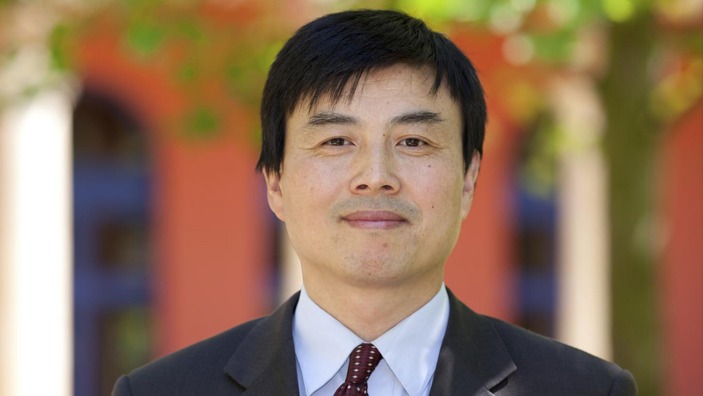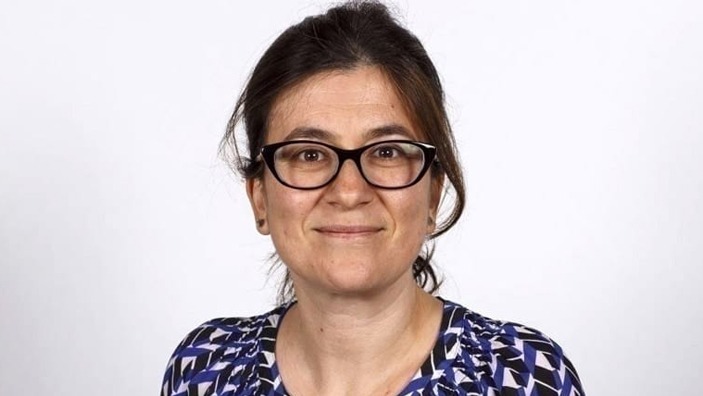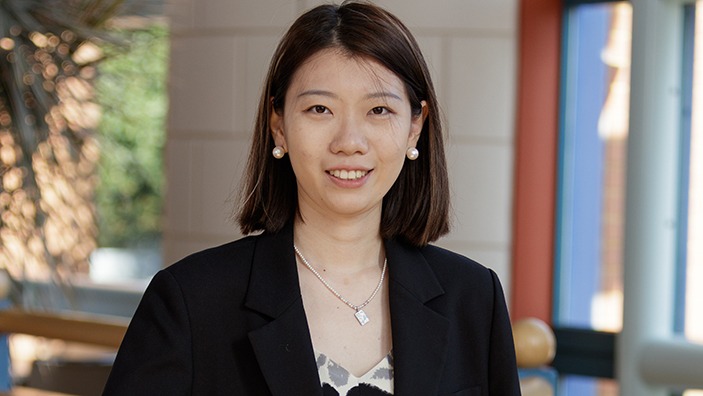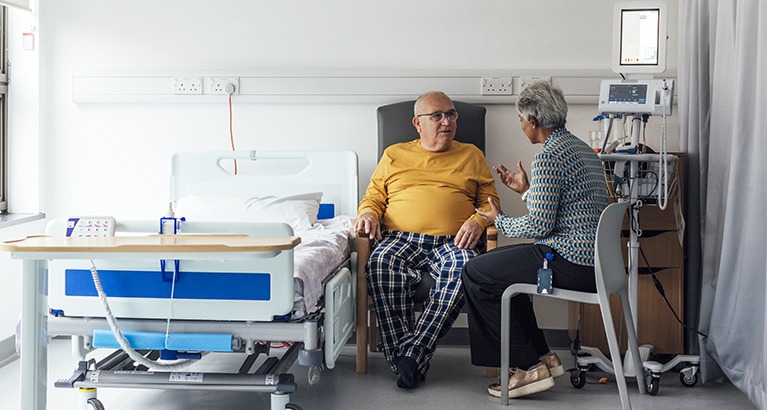Can the healthcare system’s approach to cancer be redesigned so waiting lists can be shortened? That’s the topic of ongoing research at Cambridge Judge Business School modelled after a previous study on cardiac care.
The research, in conjunction with the National Health Service in the UK, focuses on spotting and treating cancer earlier and decreasing waiting lists and times.
“It’s challenging,” says Houyuan Jiang, Professor of Management Science, who is working on the research along with Feryal Erhun, Professor of Operations and Technology Management, and Xinran Hao, a PhD candidate at Cambridge Judge. “If the NHS does more screening, it will require more capacity in the short term and that can create balancing issues for health services. With limited resources to identify and treat cancer patients, it is important to have a systems view.”
Adds Feryal: “Resources should be allocated efficiently, achieving the best outcomes at the population level in cancer patients’ pathways, including screening, diagnosis, and treatment.”



Research focuses for now on easily detectable and traceable cancers
The research, in its early stages, is looking at the most easily detectable and traceable cancers with simple screening procedures, such as colorectal cancers; this will be followed by a focus on other highly prevalent types of cancer.
The cancer study follows previous research co-authored by Houyuan and Feryal, supported by a UK research council,that examined record waiting lists in the UK for heart procedures owing to the COVID-19 pandemic. That study modelled the impact that higher treatment capacity coupled with a less invasive, faster treatment option that reduced the need for open-heart surgery would have on waiting lists. The model, which was simple, helps create a joint solution among management and doctors.
Featured faculty
Houyuan Jiang
Professor of Management Science
Feryal Erhun
Professor of Operations & Technology Management
Related content
“Heart surgery delays will cost lives, warns research.” Cambridge Judge Business School, June 2022
Cambridge is changing the story of cancer
This year we’ve been highlighting cancer-related news and stories from Cambridge Judge Business School as part of a University of Cambridge-wide campaign, Cambridge is changing the story of cancer.





